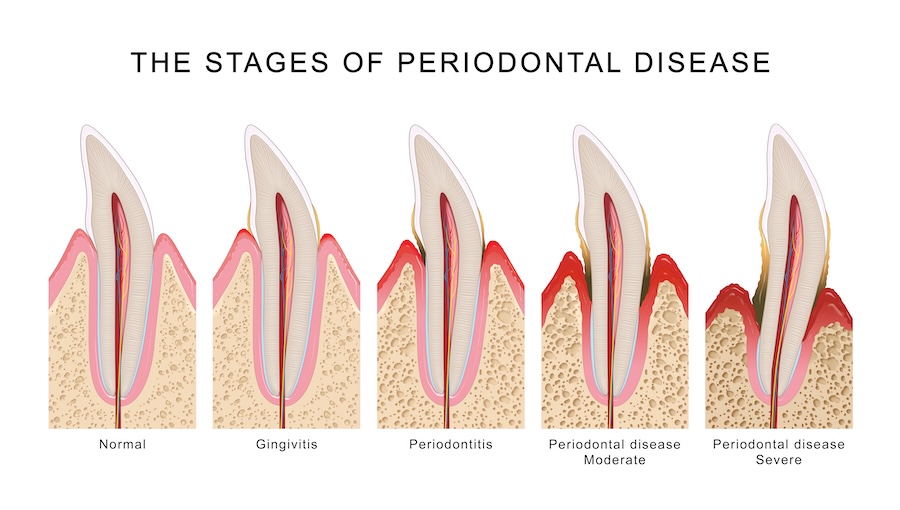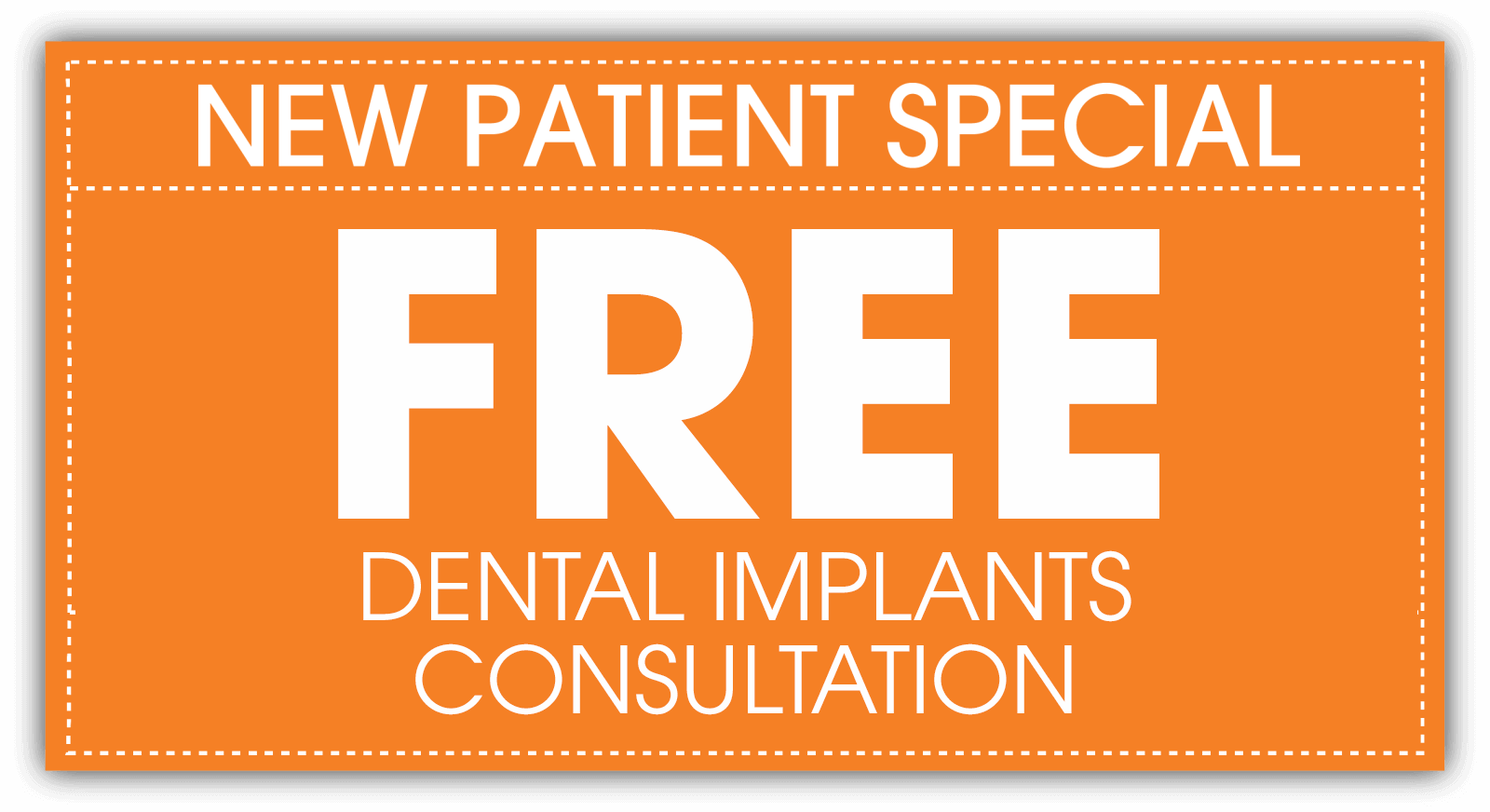Understanding the Stages of Gum Disease and How to Prevent Them

Gum disease doesn’t come on strong. It starts quietly—a little bleeding when you floss, gums that feel a bit tender. Easy to ignore—until it’s not. While it’s one of the most common oral health conditions, many people don’t realize how serious it can become. Gum disease is an infection that affects the tissues holding your teeth in place, and it progresses in distinct stages. Understanding the stages of gum disease can help you recognize early warning signs, seek timely treatment, and protect your smile for the long term.
Gingivitis: Your First Signal
The earliest stage of gum disease is gingivitis. It’s mild, but it’s your body’s way of saying something’s off. Your gums might look redder than usual. They could feel swollen or bleed during brushing. You might even notice a bit of bad breath.
The upside? It’s reversible. With daily brushing, flossing, and a professional cleaning, you can stop gingivitis in its tracks. That first sign isn’t something to fear—but it is something to act on.
Periodontitis: A Step Deeper
If gingivitis isn’t treated, it can turn into periodontitis. That’s when things get more complicated. Now the infection moves deeper, affecting the bone and ligaments that keep your teeth stable.
Gums begin to pull away from your teeth, creating pockets where bacteria settle in. The result? Persistent bad breath, gum recession, and even loose teeth. At this stage, professional periodontal treatment is essential to avoid further damage.
Advanced Periodontitis: When Things Get Serious
Advanced periodontitis is the most severe form of gum disease. At this point, your teeth may loosen or fall out. Bone loss is significant. Eating becomes difficult. Smiling with confidence? Even harder.
While treatment can slow it down, damage at this stage is permanent. That’s why early intervention matters so much. Once you’re here, it’s about preserving what’s left—not turning back the clock.
What You Can Do to Prevent Gum Disease
Good news: gum disease isn’t inevitable. It’s preventable, and the steps are straightforward.
- Brush twice daily using a soft-bristled toothbrush
- Floss every day (no exceptions)
- Rinse with antibacterial mouthwash
- Schedule dental cleanings every six months
Lifestyle choices matter, too. Smoking weakens your body’s ability to fight infection—including in your gums. Managing diabetes and reducing stress also support better gum health.
Prevention isn’t about perfection. It’s about consistency.
Know the Signs Before They Worsen
Catching gum disease early is half the battle. Here are a few warning signs that shouldn’t be ignored:
- Gums that bleed easily
- Gums that look puffy, red, or feel sore
- Persistent bad breath or a metallic taste
- Changes in how your teeth come together when biting
If any of these sound familiar, don’t wait for your next checkup. Call our team; early action can save your smile.
Gum Disease Prevention With the Team at Pleasant Plains Dental in Indian Trail, NC
At Pleasant Plains Dental in Indian Trail, NC, Dr. Henry J. Ernst, Dr. Paul Kim, Dr. Henk Grobbelaar, and Dr. Nikhil Alaigh deliver expert care that’s as thorough as it is approachable. They don’t just treat gum disease—they help patients stay ahead of it.
Whether it’s your first sign of trouble or you’re simply due for a cleaning, our team is ready to help. Schedule a consultation today and take a strong step toward healthier gums and a more confident smile.

 Watch Our Practice Video!
Watch Our Practice Video!